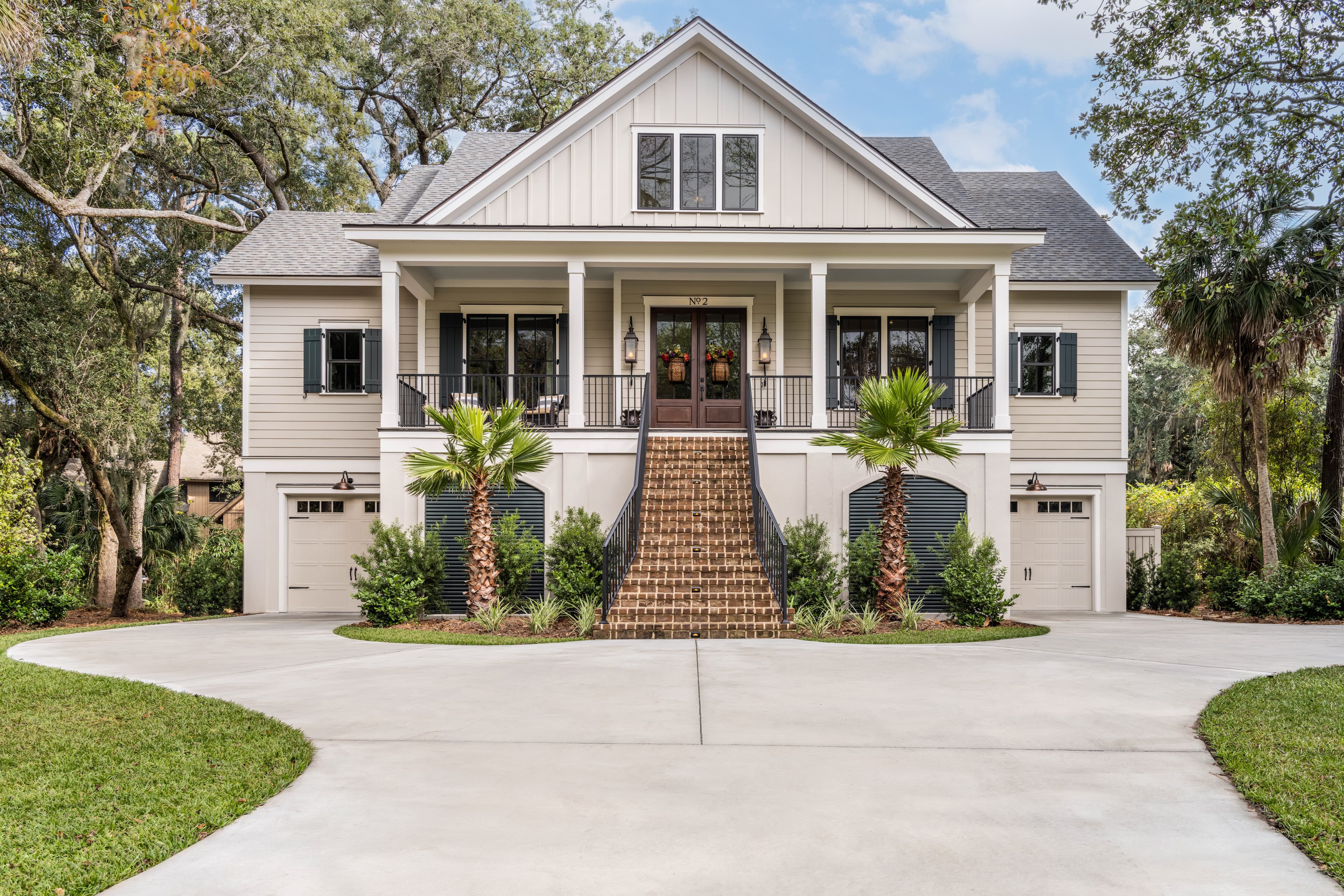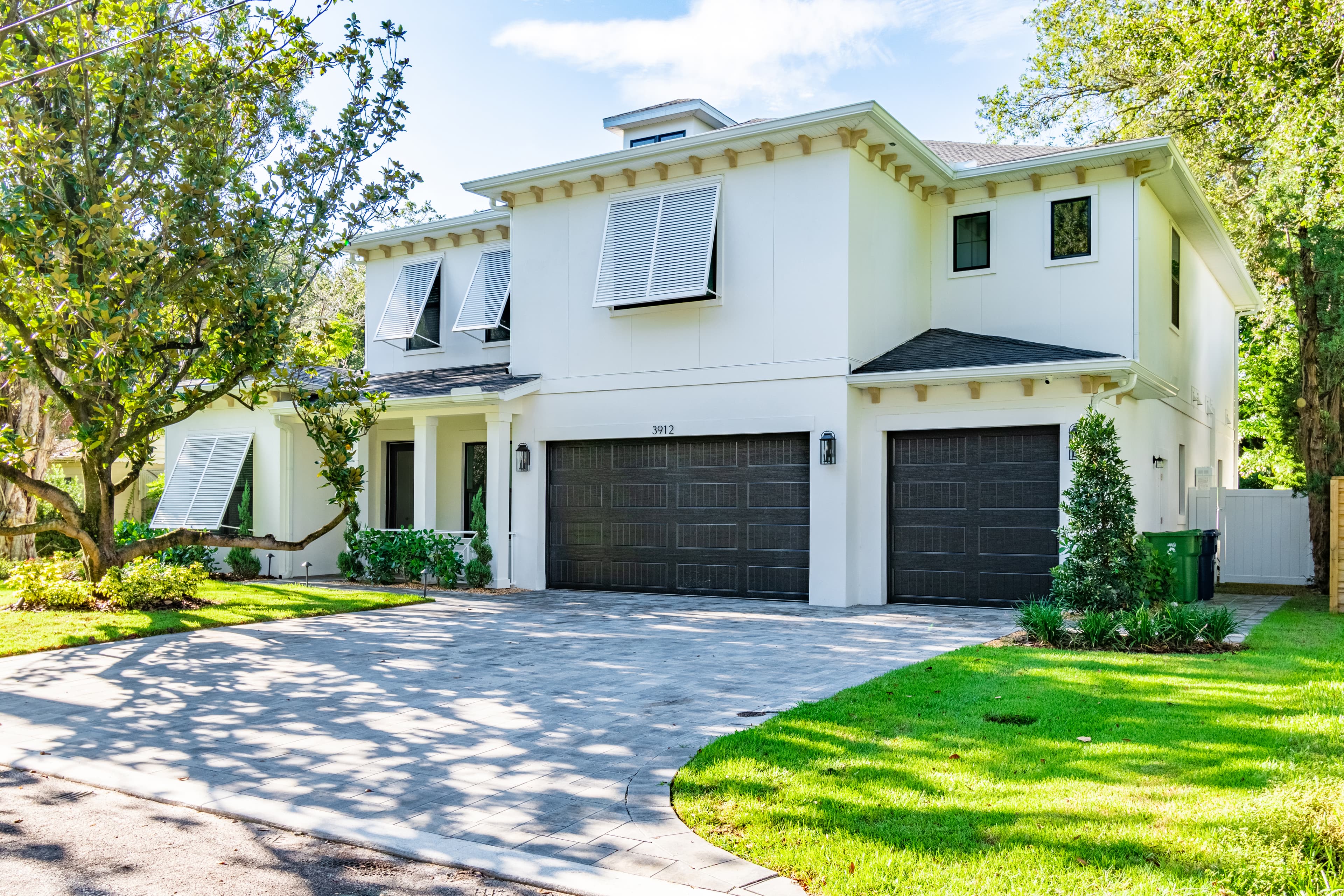Best heat-resistant siding options for houses in hot climates
When living in a hot climate, the last thing you want to worry about is the durability of your home's exterior. Discover heat-resistant siding options today.

Picture this: It's a scorching hot day in the middle of July, and the sun is beating down on your home. At the back of your mind, there are niggling worries — Just how durable is my siding? Will it hold up to the extreme temperatures we're expecting in the coming weeks?
No homeowner wants to deal with warped, melted vinyl siding or warped wooden shingles after a summer heat wave. In this instance, selecting siding is more than just a way to show off your home's architectural style; it's a practical necessity to protect your house against the elements.
In this blog post, we'll break down the best (and worst) heat-resistant siding options for your home so you can safeguard your house against the heat for years to come.
The Downsides of Vinyl and Wood-Based Sidings
Let's start with what you don't want. Some traditional siding options, such as vinyl and wood, can't stand the heat.
Vinyl Siding in Hot Climates
Vinyl siding was created in the 1960s as a longer lasting, more energy efficient choice than the then-popular aluminum siding. While it offers many benefits compared to aluminum siding, it's not always as durable as more modern options.
Vinyl siding is relatively thin, and when exposed to heat, it can warp if not properly installed and even melt if exposed to fire. Warping from heat can open gaps that can make your home more susceptible to other weather-related damage. Keep in mind that heat doesn't only come from hot weather. Vinyl siding can also be affected by heat from backyard grills, solar heat reflected off of Low-E windows, and wildfires in wildfire-prone areas.
Additionally, after sustained UV light exposure (which is typically stronger in hotter climates), the color may fade more on the sunny side of your home, creating a spotty, unharmonious exterior.
Wood-Based Siding in Hot, Humid Climates
Wood is also extremely susceptible to damage from wildfires or other flames. If wood siding catches fire, the entire home can be at risk for greater damage.

The Value of Heat-Resistant Hardie® Siding
No one wants to choose an exterior home siding material they know won't last, which is why it's so important to research viable options before you make your siding selection. Let's dig into the ways Hardie fiber cement siding resists damage from extreme heat.
The Benefits of Hardie Fiber Cement Siding
Hardie fiber cement siding is built to last. James Hardie invented modern fiber cement over 30 years ago with the express purpose of creating a home siding option that was extremely durable without sacrificing beautiful design options.
All Hardie fiber cement siding products are Engineered for Climate® with the Hardie™ Zone System. This system helps homeowners pick the best siding option based on where they live, as the zones indicate where a specific siding will perform optimally. The HZ5® formulation is used for northern climates, while the HZ10® formulation is for southern climates. HZ10 products are designed to resist blistering heat and humidity, as well as stronger UV rays and hurricane-strength winds common in those regions of the United States. They also have the added benefit of being non-combustible with a flame spread index of zero.*
Additionally, Hardie® siding options vary from plank lap siding to shingle siding to vertical, board-and-batten-style siding to fit any exterior home design style. Explore the full product catalog to see all of the heat-resistant design options available for your area.
Selecting a Durable Paint Finish
While all materials eventually fade in the sun, ColorPlus® Technology finishes are engineered to outlast vinyl and conventional paint.
Hot Trends, Cool Homes: It's Time to Master Heat-Resistant Siding
When it comes to choosing a heat-resistant siding option, it's important to consider two things: the material of the siding and its color finish. Both components must be equally durable and heat-tolerant to ensure that your home is prepared for the sizzling hot summer heat to come.
Don't let the summer forecast cause worries of warped or faded siding to percolate in your head. Instead, keep your headspace free for enjoying time at the beach and sipping ice-cold lemonade all season long.
Check out the full James Hardie product catalog to pick a siding that will look great for all the summers to come.
*Hardie® fiber cement products are non-combustible and have a Class A fire rating when tested in accordance with ASTM E84.